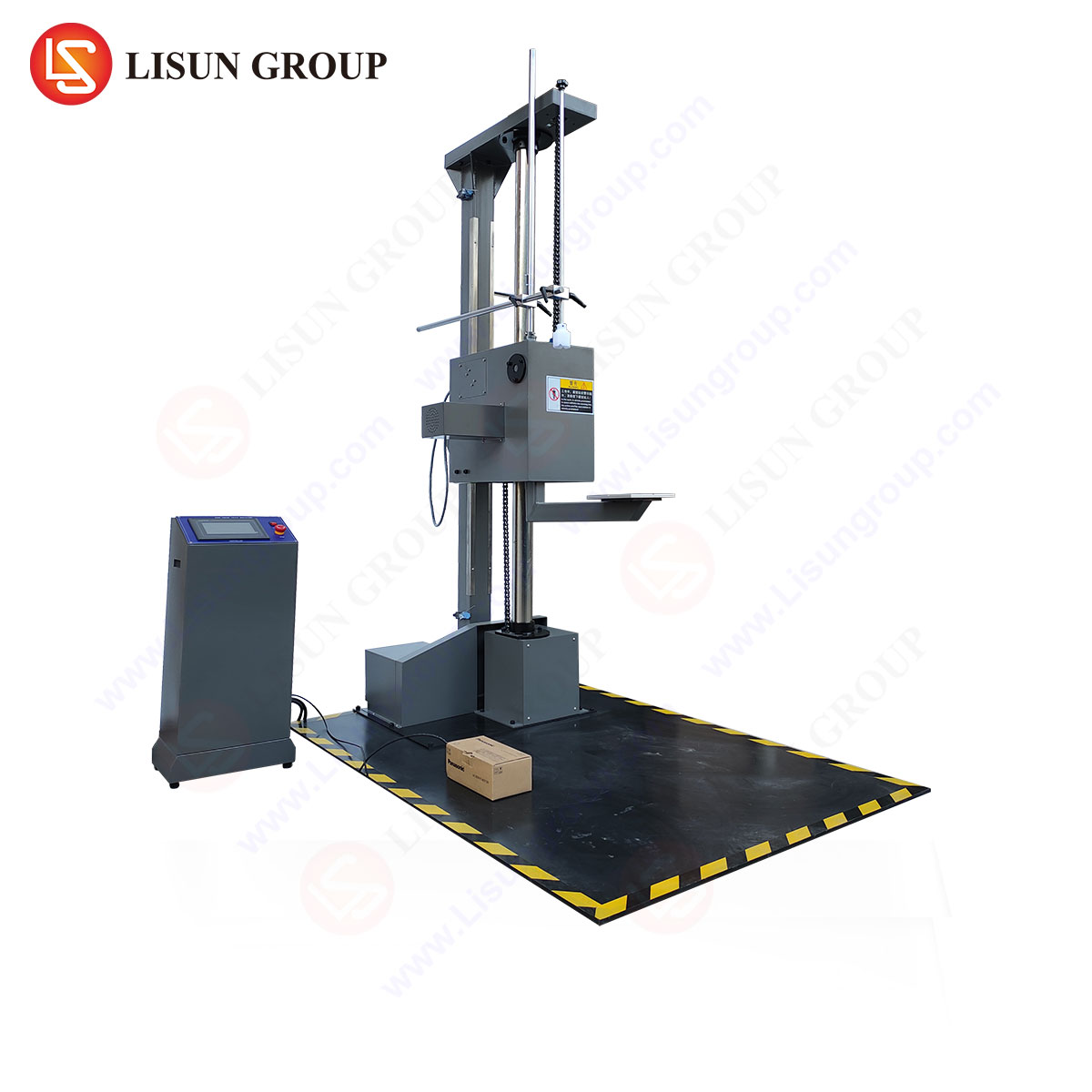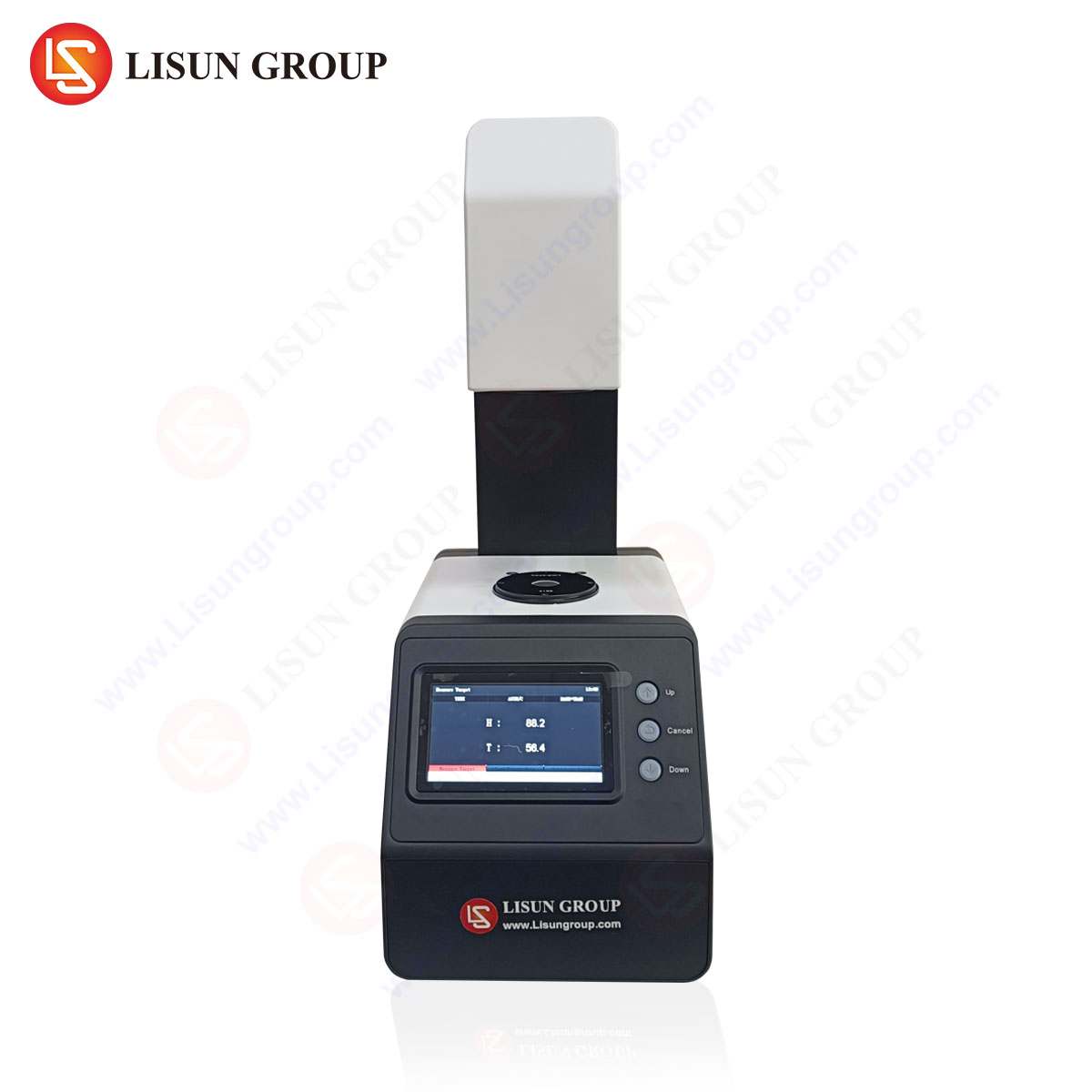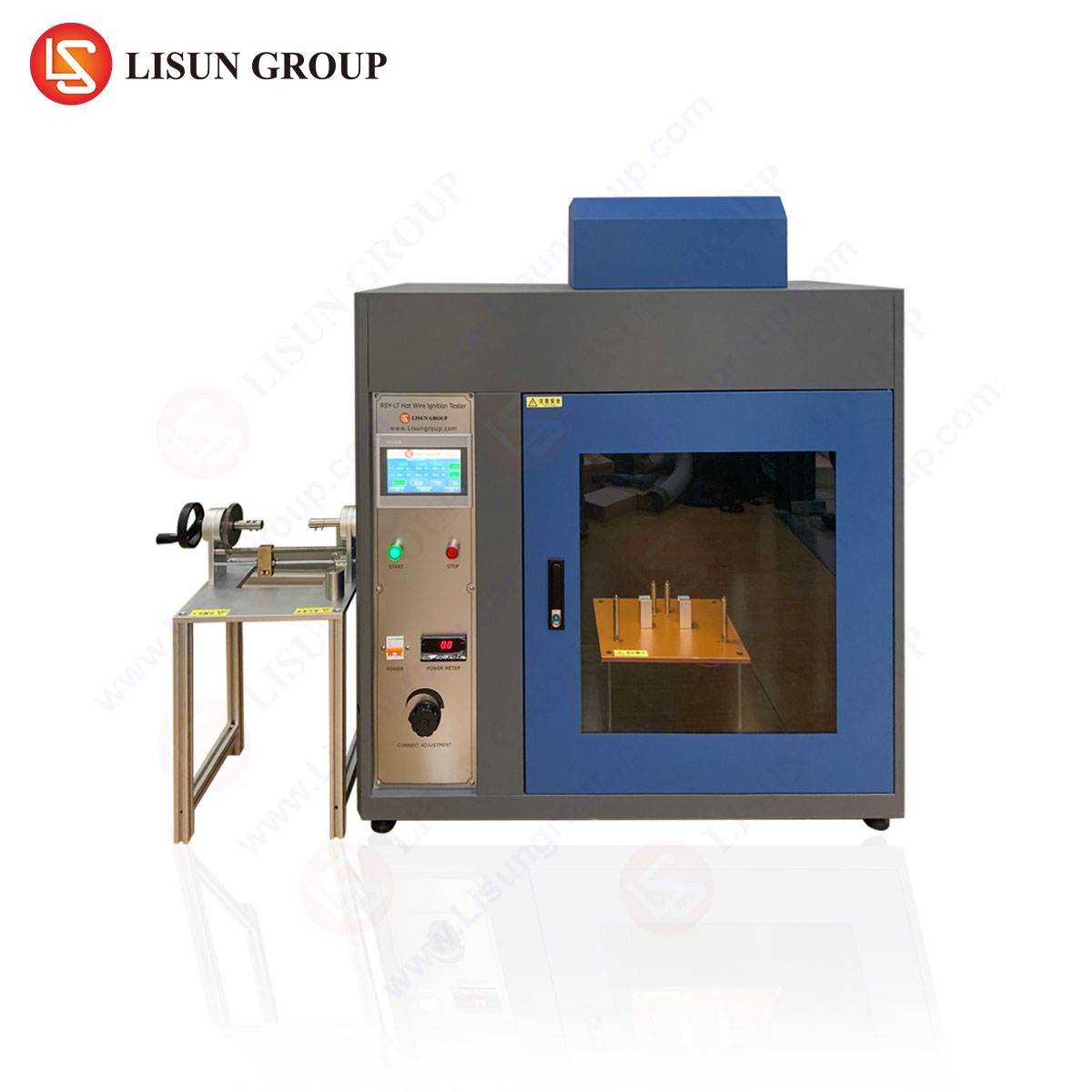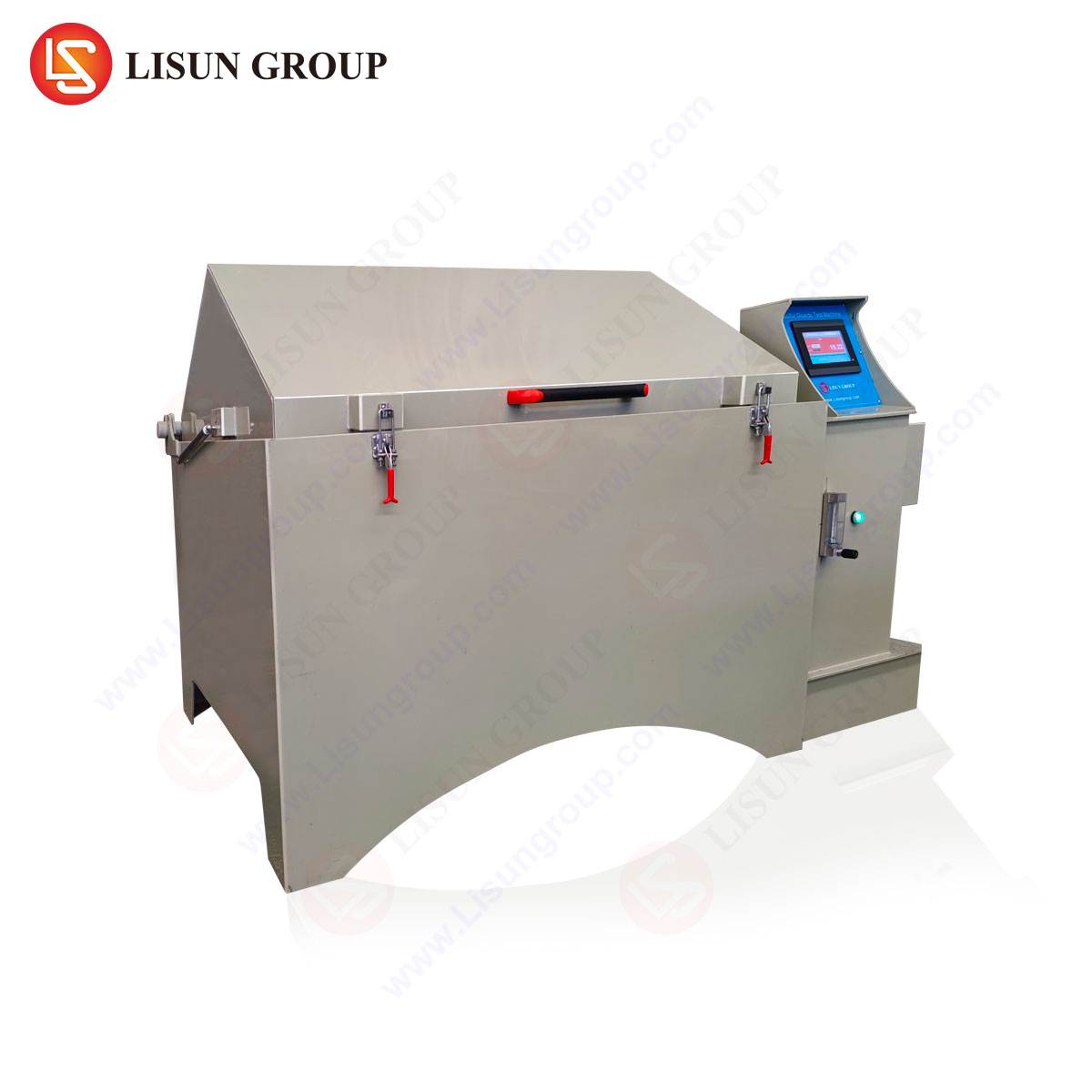A Comprehensive Analysis of Mechanical Integrity Validation Through Drop Testing Under IEC 60601-1
Introduction
The validation of mechanical integrity in electrically powered equipment constitutes a fundamental pillar of product safety and reliability, particularly within the medical device sector. The consequences of structural failure extend beyond mere product malfunction, potentially compromising patient safety, clinical outcomes, and user confidence. Among the suite of environmental stress tests mandated by international safety standards, the drop test stands as a critical, simulation-based assessment designed to evaluate a device’s ability to withstand the mechanical shocks encountered during handling, transport, and everyday use. For medical electrical equipment, compliance with the stringent requirements of the IEC 60601-1 standard is not merely a regulatory hurdle but a fundamental design imperative. This technical article provides a detailed examination of the IEC 60601-1 drop test compliance process, elucidating its underlying principles, testing methodologies, and the critical role of specialized instrumentation, with a specific focus on the engineering and application of the LISUN DT-60KG Drop Tester.
Defining the Scope and Rationale of Mechanical Shock Testing
The primary objective of drop testing, as delineated in clause 9.6.5.2 of IEC 60601-1, is to verify that an equipment’s enclosure, including any knobs, handles, and other projections, does not breach safety requirements following a simulated accidental drop. The standard specifies that the equipment, or a representative sample of it, shall be dropped three times from a height of 5 cm onto a hard, rigid surface, such as a steel plate, in the position that is likely to cause the maximum mechanical stress. The rationale is to simulate common mishandling scenarios, such as a device being knocked off a bedside table or a cart during transit within a hospital environment. Post-test evaluation is rigorous, focusing on the integrity of electrical insulation, the absence of accessible hazardous live parts, and the continued safe operation of protective earth connections. Any deformation that results in a reduction of creepage and clearance distances below mandated values constitutes a failure.
Fundamental Principles of Controlled Impact Simulation
The physics governing a drop test, while seemingly straightforward, involves complex interactions of kinetic energy, impulse, and material stress. When a device is dropped, its potential energy (a function of mass and height) converts to kinetic energy upon impact. The resulting deceleration generates a high-magnitude, short-duration shock pulse. The severity of this pulse is influenced by the impact velocity, the mass distribution of the unit under test (UUT), the stiffness of the impacting surfaces, and the orientation at the moment of impact. A standardized testing apparatus is therefore essential to ensure repeatability and reproducibility of results. Such a device must precisely control the drop height, guarantee a consistent and perpendicular impact trajectory, and provide an unyielding impact surface to eliminate variables that could invalidate the test data. This controlled environment allows engineers to correlate specific failure modes with design weaknesses, enabling targeted improvements.
The LISUN DT-60KG Drop Tester: Engineering Specifications and Operational Methodology
The LISUN DT-60KG Drop Tester is engineered specifically to meet the exacting requirements of standards such as IEC 60601-1, as well as related standards including IEC 60068-2-31 and various national derivatives. Its design prioritizes precision, durability, and operator safety, making it a suitable instrument for compliance testing across multiple industries.
-
Key Specifications:
- Maximum Test Load: 60 kg, accommodating a wide range of medical devices from portable patient monitors to smaller surgical instruments.
- Drop Height Adjustment: Continuously variable from 300 mm to 1500 mm (or as specified by the model), easily covering the 50 mm requirement of IEC 60601-1 while offering flexibility for more stringent internal or other standard specifications.
- Impact Surface: A high-hardness, ground steel plate with a mass and rigidity sufficient to absorb the impact energy without significant deformation, ensuring the energy is fully transferred to the UUT.
- Release Mechanism: An electromagnetic or quick-release mechanism that ensures the UUT is dropped without imparting any rotational force or horizontal velocity, guaranteeing a free-fall, flat impact.
- Safety Features: Integrated safety interlocks, emergency stop buttons, and protective guarding to prevent operator injury during the testing process.
- Construction: Robust steel frame with guide columns or rails to ensure a perfectly vertical drop, minimizing friction and binding.
-
Operational Methodology:
The testing protocol using the DT-60KG is systematic. The UUT is securely mounted to the tester’s release platform, ensuring its orientation aligns with the test standard’s requirements (e.g., on each face, on a corner). The drop height is calibrated precisely. Upon activation of the release mechanism, the UUT undergoes free fall, impacting the steel plate. The test is repeated for the prescribed number of drops and orientations. The entire process is documented, and the UUT is subjected to a thorough post-test inspection.
Industry-Specific Applications and Use Cases
While the focus here is medical devices, the principles of drop testing are universally applicable. The DT-60KG’s capacity makes it suitable for a diverse array of products.
- Medical Devices: Portable defibrillators, infusion pumps, diagnostic ultrasound systems, and handheld surgical tools must withstand the rigors of a clinical environment. A failed drop test could reveal a cracked casing that compromises electrical insulation or a dislodged battery connection, posing a direct risk.
- Automotive Electronics: Control units, dashboard displays, and infotainment systems are subject to vibration and shock. Drop testing validates the solder joint integrity of printed circuit boards and the robustness of connector systems.
- Telecommunications Equipment: Routers, switches, and base station components, often handled during installation, are tested to ensure port connectors and internal components remain secure after an impact.
- Lighting Fixtures: High-bay industrial LEDs or ruggedized portable lights are tested to prevent the detachment of heavy heat sinks or damage to the LED modules themselves.
- Electrical Components: Switches, sockets, and circuit breakers are evaluated to ensure that internal mechanisms do not jam or become misaligned, which could lead to failure under electrical load.
Competitive Advantages of a Dedicated Drop Testing System
Utilizing a purpose-built instrument like the LISUN DT-60KG offers significant advantages over ad-hoc testing methods. Precision is paramount; manual dropping is inherently inconsistent, with variations in height, angle, and rotation leading to non-repeatable results. The DT-60KG eliminates these variables, providing data that is reliable and defensible for regulatory submissions. Operator safety is greatly enhanced, as the system contains the impact and removes the operator from the immediate drop zone. Furthermore, the robust construction ensures long-term calibration stability, reducing the cost of ownership and maintaining testing integrity over time. The flexibility in height adjustment and load capacity future-proofs the investment, allowing the same equipment to be used for a variety of products and testing standards beyond the immediate scope of IEC 60601-1.
Correlation Between Test Results and Product Design Enhancements
The ultimate value of drop testing lies not in mere pass/fail determination but in the diagnostic data it provides. A failure indicates a specific mechanical vulnerability. For instance, a crack propagating from a mounting screw hole suggests a need for material reinforcement or a redesign of the boss geometry. A dislodged internal component may indicate insufficient strain relief on cables or an inadequately sized retaining clip. By methodically testing prototypes, engineers can iterate on designs, strengthening weak points without resorting to over-engineering the entire product. This data-driven approach leads to more robust, reliable, and ultimately safer products while optimizing material usage and cost.
Navigating the Certification and Compliance Landscape
Achieving formal certification to IEC 60601-1 requires engagement with an accredited testing laboratory. While in-house testing with equipment like the DT-60KG is invaluable for design verification and pre-compliance screening, the final certification tests are typically witnessed and documented by the certifying body. A robust internal testing program, supported by reliable equipment, streamlines this formal process by identifying and rectifying potential non-compliances early in the development cycle. This reduces the risk of costly last-minute design changes and project delays, demonstrating due diligence and a commitment to a quality management system.
Conclusion
The IEC 60601-1 drop test is a deceptively simple yet profoundly important assessment of a medical device’s mechanical robustness. It serves as a direct proxy for real-world handling stresses, ensuring that safety is not compromised by an accidental impact. The use of specialized, precision instrumentation, such as the LISUN DT-60KG Drop Tester, is critical to executing this test in a repeatable, reliable, and safe manner. By integrating rigorous drop testing into the product development lifecycle, manufacturers can enhance product durability, ensure regulatory compliance, and, most importantly, uphold the highest standards of patient and user safety.
Frequently Asked Questions (FAQ)
Q1: Beyond the 5 cm drop specified in IEC 60601-1, what other drop heights are commonly tested for medical equipment?
Manufacturers often perform more severe tests as part of their internal risk management. Equipment likely to be carried by users (e.g., handheld monitors) might be tested from 1 meter or more, simulating a fall from hand height. Transport simulation standards, like those in the ISTA or ASTM D4169 series, may specify different drop heights based on the packaged product’s weight and distribution environment.
Q2: How does the mass of the Unit Under Test (UUT) influence the test results on a machine like the DT-60KG?
The mass of the UUT directly influences the kinetic energy at impact (KE = ½mv²). A heavier device subjected to the same drop height will impart significantly more force upon impact. The DT-60KG’s 60 kg capacity and robust construction ensure that the impact surface and guiding mechanism remain stable even with heavy loads, preventing energy absorption by the tester itself and ensuring the energy is fully applied to the UUT for a valid test.
Q3: What are the key inspection criteria after performing a drop test per IEC 60601-1?
The post-test inspection is critical. It includes a visual examination for cracks or permanent deformation that could reduce creepage and clearance distances. Electrical safety tests are mandatory, including a dielectric strength test (hipot test) and a protective earth continuity test. The equipment must also be examined for any conditions that could create a hazard, such as loose internal parts that could short-circuit live components.
Q4: Can the DT-60KG be used for testing the packaged product, or is it only for the finished device?
While IEC 60601-1 primarily addresses the finished device, the DT-60KG is perfectly suited for packaged-product testing to evaluate shipping container performance. The same principles apply: simulating drops during handling to assess whether the packaging adequately protects the medical device from damage. This requires adherence to different standards, such as those from ISTA.
Q5: What maintenance is required to ensure the long-term accuracy of a drop tester?
Regular maintenance includes inspecting the guide columns or rails for wear or deformation, ensuring the release mechanism functions smoothly without binding, and verifying the flatness and condition of the impact surface. Periodic calibration of the height measurement system is also recommended to maintain traceability and accuracy.






